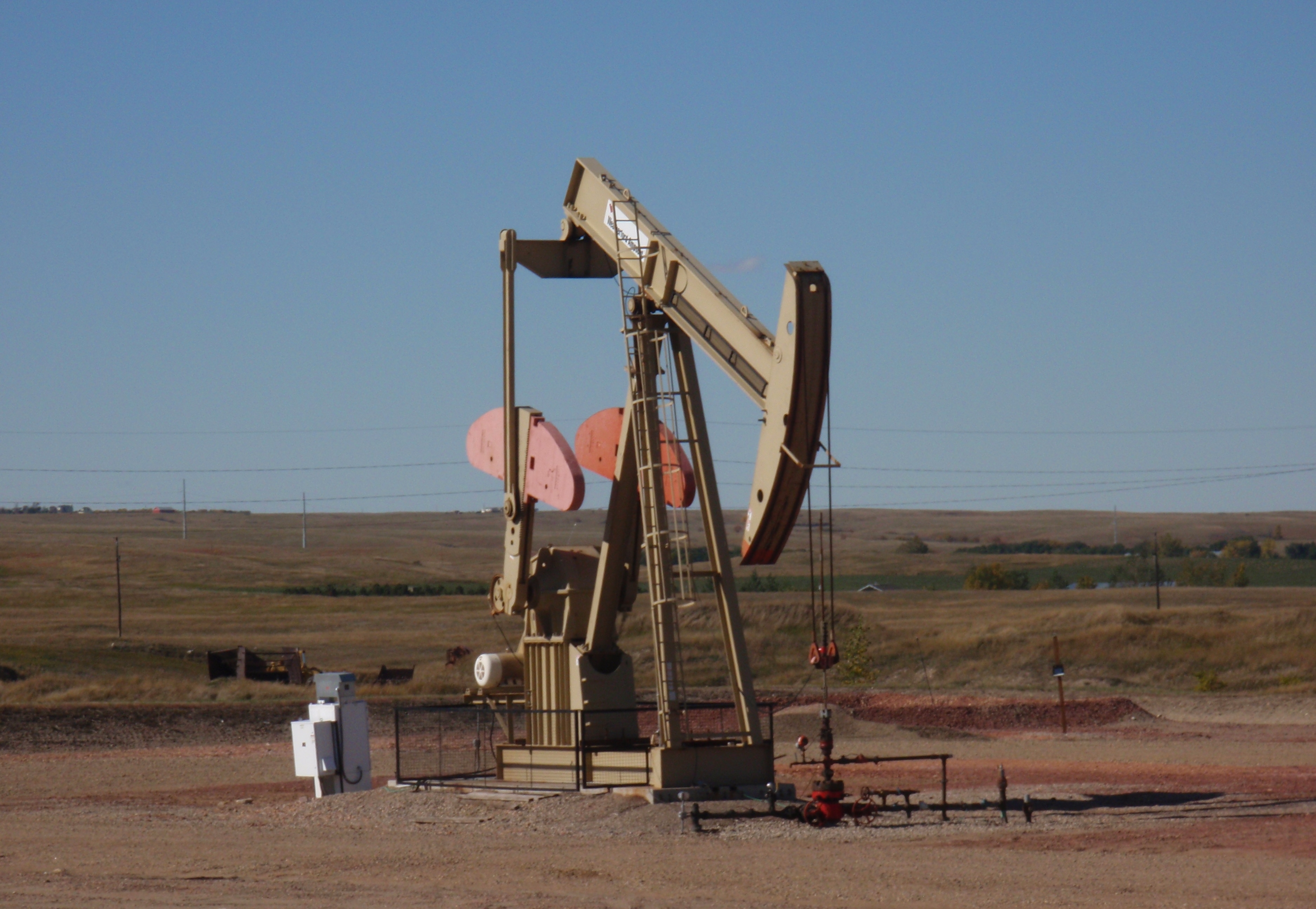Million Dollar Way points to a must-read article at Rigzone: Kemp: Why Shale Plays really Are Different.
The article describes why perennial skeptics have been so severely wrong about Bakken shale oil, why the rapid decline rate is actually attractive, and explains shale oil is more manufacturing-like than conventional oil.
The “optimists” were conservative
One thing I’ve consistently noticed over the last two years of learning about the Bakken play is that estimates of monthly projections are usually left in the dust by the actual production. The typical formula is ‘production could actually maybe surge to a high of X in a few years’ but that production is hit in a fraction of the timeframe in the prediction.
A comparison of skeptics and what seemed to be the optimistic view at the time, from the article:
Shale skeptics have been confidently predicting since at least 2010, when output was below 300,000 bpd, that production would peak.
Only the DMR has struck a defiant and lonely optimistic note. In 2012 DMR projected output would plateau somewhere between 700,000 and 1.2 million bpd between 2015 and 2025, based on a total of up to 40,000 wells in the thermally mature part of the shale play.
Many out-of-state analysts, including leading energy consultancies, criticised those projections as overly positive. Now they appear conservative.
Over a million BOPD? 40,000 wells?
How silly. Dreamy. Fantasy.
Not so silly when production hits 911,496 bopd in August 2013 from 9,428 producing wells.
Not so dreamy when you realize that most pads you see around Williston could eventually have 2 or 6 more pumps on the pad.
Think of the actuals for August and then 1.2M bopd from 40,000 wells sounds like a current production forecast for early 2014 and well count 2 or 4 years out. That is no longer a forecast for 12 years away. Certainly not fantasy.
High decline rates a feature?
The dreaded, feared, rapid decline rate has an odd impact – a disproportionate amount of total EUR is in the early months of the well. If you understand the concept of internal rate of return, the nearer the payoff to a project is to the front end the higher the value of the project.
A 500,000 barrel EUR (estimated ultimate recovery) that is spread evenly over 15 years is far less valuable than a 500,000 EUR in Bakken that has the typical rapid dropoff rate.
Rates of return
The article says the returns on Bakken wells are quite high:
Continental Resources, the leading Bakken oil producer, claims it can achieve a 20 to 25 percent rate of return on shale wells even at oil prices as low as $60 per barrel, rising to 50 to 65 percent returns when oil prices are $100.
I can fact-check that cite of what Continental Resources claims as returns. You can see the source in the “October 2013 presentation” found on this page. Check out slide 17.
At the $8.0M Completed Well Cost estimated for the end of 2013, the rate of return will be about 25% if crude is at $60 per barrel. At a price of $80, the ROR is claimed to be about 43% (reading from a small graph) rising to around 63% at $100/bbl and 85% at $120/bbl.
I don’t know how that fits with returns for conventional oil, but seems to me that is quite astounding.
Most companies would be thrilled to invest in a project with those kinds of returns that throw off most of the cash flow in the first two years of the project. That front end load of return reduces your risk tremendously.
More like manufacturing than hand-crafted
The reasons are way over my head, but the article explains that shale is quite different from conventional oil because it is more predictable which means consistency is rewarded. (I understand the words in that sentence but have no clue what it means in terms of cutting through rocks under the ground.) Cutting costs makes a big difference and should be the focus.
From the article:
Standardisation, assembly line techniques, reducing drilling and fracking time, and cutting the number of skilled workers needed while boosting the number of wells drilled and stages fracked lie at the heart of the business.
That push for standardization is behind so many of the articles I’ve read in the last year. Reduced time to total depth, higher frack stage count, multi-well pads, more effective propant combinations, and walkable rigs all push efficiency and thus drive down costs.
The game is now about lower costs, at least seems that way in my simple brain.
Oh, about that horrible, terrible, evil, no-good fracking
I already knew that fracking has been used regularly. For over 60 years. And in California.
A few tidbits I didn’t know:
How many realise that many conventional wells are also fracked, sometimes with acid rather than water, or that wells were being fractured in the 1950s and 1960s with diesel fuel and napalm?
Let me unpack that sentence.
Fracking is used on lots of conventional oil wells in addition to geothermal and shale oil/gas wells.
Sometimes acid is used on conventional wells. In my simple brain, it seems like using water as the main ingredient instead is a far better deal.
I may have a miniscule grasp of drilling technology, but which of these fracking techniques would be better on the environment?
- Traditional explosives followed by water/sand/household chemicals pumped at 6,000 psi
- Diesel fuel and napalm
Maybe it is an unintended commentary on my lack of knowledge, but it sure seems to me the current approach makes a lot more sense.
Check out the full article. It is superb.
If you tune in to this blog to learn about energy, that article is a must-read.
